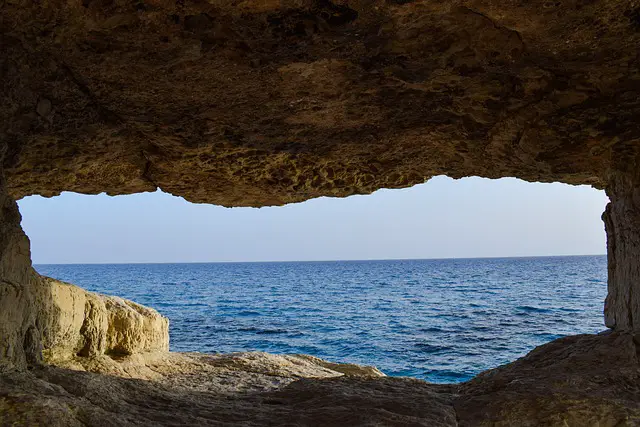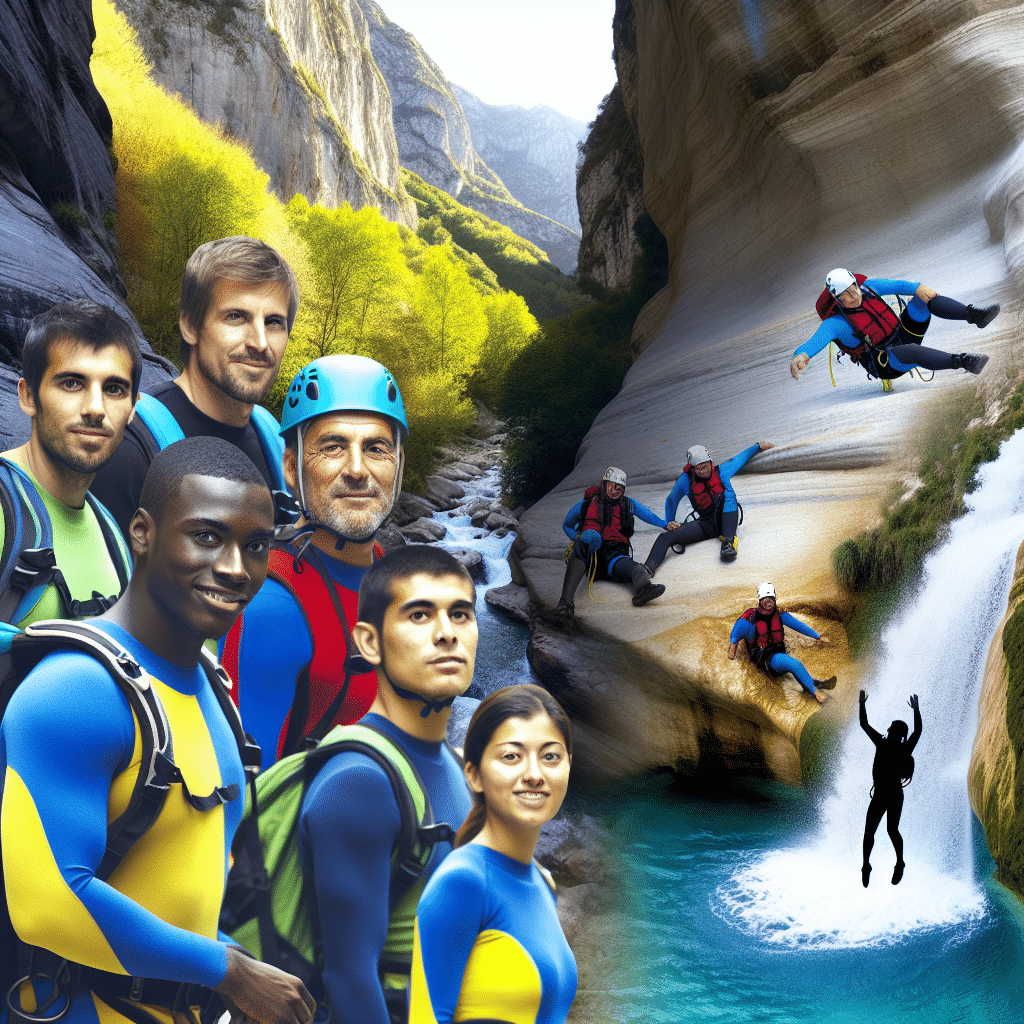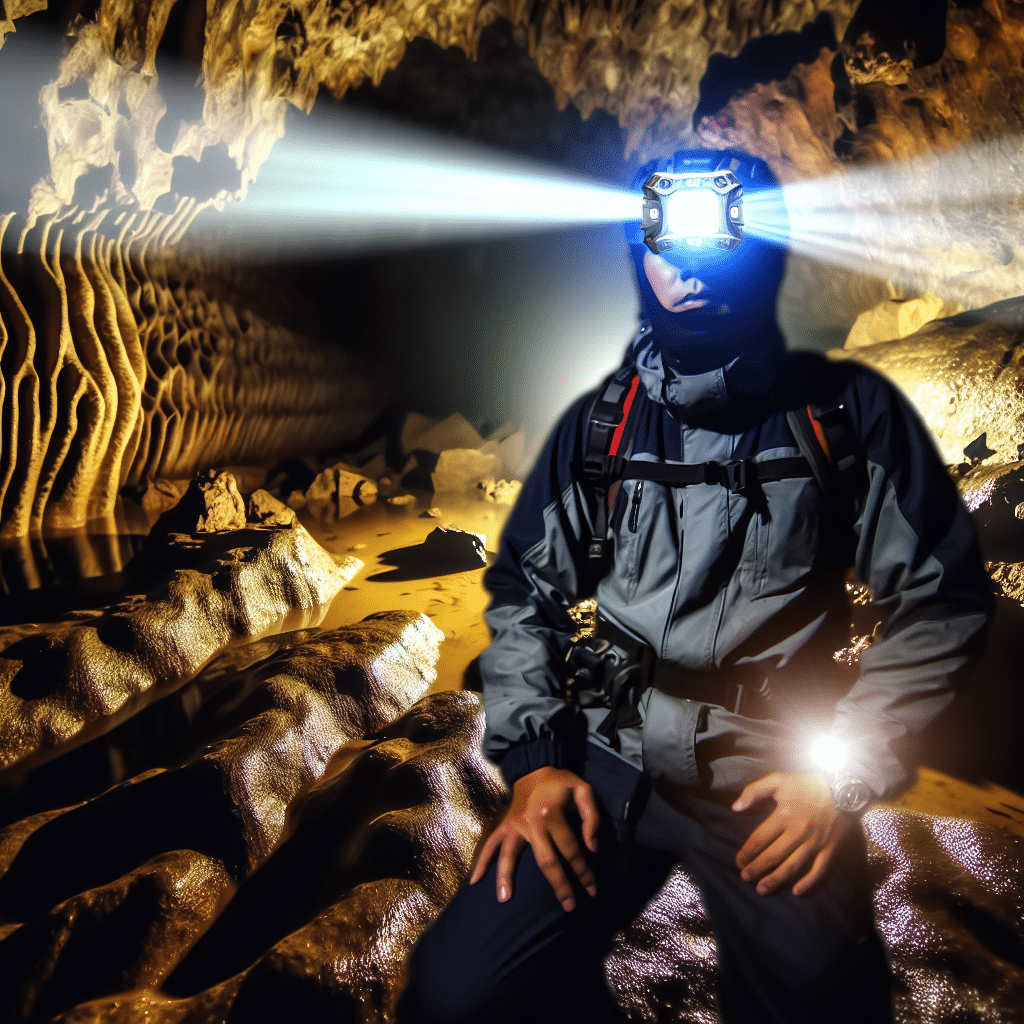Caving, also known as spelunking in the United States and Canada, and potholing in the United Kingdom and Ireland, is the recreational, or scientific exploration of natural caves. Natural caves are a rare geological phenomenon that present unique environments to those brave enough to explore their depths.

What Does It Mean To Go Caving?
Caving is not something that typically comes to mind when people think of outdoor activities. While it lacks the openness of a hike or the rush of whitewater rafting, caving brings its own distinctive set of thrills and gratifications. But what exactly does it mean to go caving?
A caving adventure entails delving into the hidden world that lies beneath the surface of the earth. This can involve crawling through narrow passages, climbing tricky rock formations and even swimming across underground rivers. However, it’s not all about physical exertion.
Additionally, caving represents a chance to witness some of nature’s most extraordinary subterranean sights. From intricate stalactite formations to the eerie calm of a lightless cave, the natural marvels one can encounter during a caving expedition can be breath-taking.
Is Caving Dangerous?
The prospect of journeying into dark, confined spaces might seem daunting to some, which raises a valid question; is caving dangerous?
Caving certainly carries its share of potential hazards. These include the risk of falling, hypothermia, getting lost, and the possible presence of harmful bacteria in the cave environment.
How Do You Mitigate the Risks of Caving?
The good news is that with proper preparation, training, and equipment, these risks can be significantly mitigated. Before embarking on a caving expedition, it’s advisable to undertake a training course that will equip you with essential safety skills. Such knowledge may include navigating complex cave systems, using caving equipment, and first aid.
Wearing the right gear is another crucial aspect of caving safety. This can range from a well-fitting helmet to protect your head, sturdy footwear to provide grip on slippery cave floors, and warm clothing to guard against the cold. A reliable source of light is a must-have.
As with all outdoor activities, never go caving alone. Instead, go with an experienced guide or a group. Not only is this a safety measure, it also makes the experience more enjoyable.
What Can You Learn From Caving?
Besides being a thrilling adventure, caving is also a learning opportunity. Cave environments are teeming with geological and biological information that can provide insights into the history of the earth and the life it supports.
What Can Caves Tell Us About the Earth’s Past?
The calcite deposits that form stalactites and stalagmites can tell scientists a great deal about the climate conditions that prevailed at the time of their formation. Some caves even contain prehistoric fossils and ancient human artifacts that provide invaluable information about past life.
What Kind of Life Exists in Caves?
Caves also host unique ecosystems. They are home to a variety of life forms, including bats, insects, fish, and microorganisms, many of which have adapted to survive in the cave’s dark, nutrient-poor conditions. Studying these organisms can yield fascinating insights into the resilience and adaptability of life.
In conclusion, caving is an exhilarating exploration of the underground world that combines physical challenge, natural beauty, and scientific discovery. It is an adventure that stimulates the body, captivates the senses, and enlightens the mind. By understanding what caving is, you can prepare yourself adequately and get the most out of this unique encounter with nature’s underground marvels.



